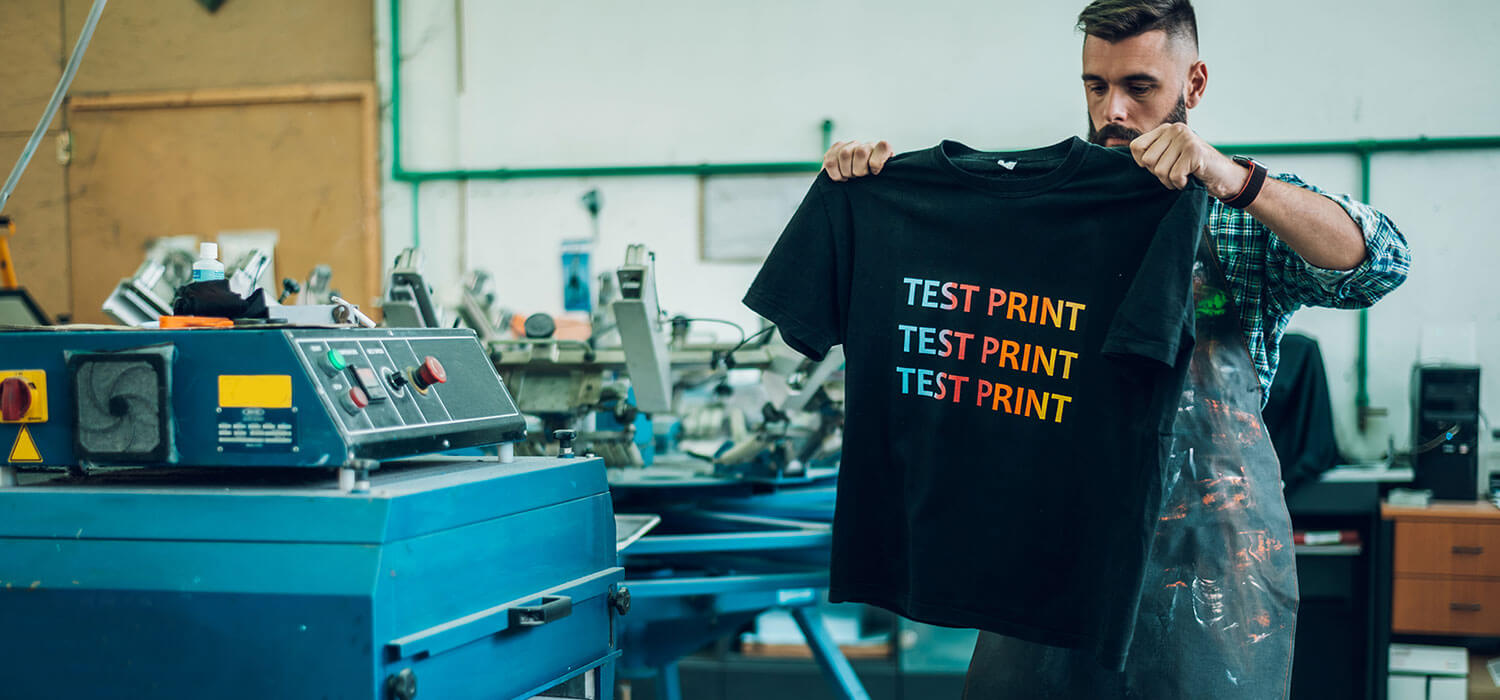5 Most Popular T-Shirt Printing Technologies

Introduction
shirt printing machines can make your wardrobe more creative. You can turn simple shirts into beautiful art pieces with it. But choosing the best one might be confusing with the different types of printing on shirts available.
In this article, we’ll look at the five most popular methods of printing on shirts and explain what makes each one special. It will help you pick the best T-shirt printer that fits your style without trouble.
The 5 Most Popular Types of Printing On Shirts
Direct-to-Garment Printing (DTG)
DTG printer is known for its precision. It uses inkjet technology. With this, you can apply detailed designs directly onto your T-shirt. It is the best for complex works and photographs. Although pricey, it doesn’t require any set-up costs.
Working:
The t-shirt is secured onto the printing platen. Water-based ink from the printer is released onto the t-shirt. The water-based ink seeps into the shirt’s fabric. It gives a vibrant and long-lasting design.
Pros:
- Highly detailed prints
- Great color accuracy
- Versatile and suitable for various fabric types
- It does not require any setup costs
- Cost-effective for small batches or one-off prints
Cons:
- Works best on 100% cotton garments
- Slower for large orders compared to other methods
- Prints may wash out over time
- A little costly
Direct-to-Film Printing (DTF)
DTF printers use a unique film transfer process. The DTF printer is an incredible machine that lets you print the pattern onto the film and transfer it onto the T-shirt by applying heat. The DTF printer can be expensive but great for small batches. Click here for more information on DTF printers.
Working:
The T-shirt is placed securely on the printing surface in the DTF printer, and the printer carefully applies ink directly to fabric by transferring designs from a printed film through pressure and heat, enabling precise and vibrant textile printing
Pros:
- Versatile and suitable for various fabrics (including polyester)
- Highly detailed prints
- Durable and long-lasting prints
- Ideal for small or individual orders.
Cons:
- A complex process involving multiple steps for the film transfer
- Requires some expertise for optimal results
- Expensive
Screen Printing
Screen printing is a reliable and enduring method among the various shirt printing technologies. Screen printing gives durable results with higher color richness. Creating sharp logos and vivid colors is the best application for it. It can be used on various types of fabrics. It is also cost-effective and can make bulk orders.
Working:
Stencils (screens) are created for each design in screen printing. The ink is pushed through these screens and onto the t-shirt’s fabric. It produces vibrant, long-lasting prints.
Pros:
- Cost-effective for large batch production
- Versatile for a variety of fabrics
- Bold prints
- Ideal for Bulk Orders
- Long-lasting designs
Cons:
- Longer setup time
- Limited detail
- Color Limitations
Separate screen and setup needed for each color
Dye Sublimation or All-Over Printing (AOP)
AOP can cover the entire shirt with colors. It creates a full-color permanent design that will not fade or peel away. You can make delicate designs and patterns with this printing technique. With AOP, you can make your t-shirts stand out. AOP is the best quality print on demand, among others.
Working:
The design is printed using sublimation ink on a particular type of paper. Pressure and heat are applied to transfer the design onto the paper. The ink transforms into a gas and combines with the fibers of the cloth. It solidifies and creates a long-lasting, colorful design when cooled.
Pros:
- Vibrant designs
- Durable and long-lasting
- Ideal for complex patterns
- No fading or peeling issues
Cons:
- Expensive for small quantities
- Requires a set up
- It is Limited to polyester fabrics
Embroidery
Embroidery is the classic and sophisticated way to add prints to your t-shirts. It creates beautiful textured and durable designs. You can use it to print logos on t-shirts. If you are wondering how to print logos on shirts, embroidery is one of the answers. It gives your t-shirts an elegant touch.
Working:
Thread stitching is used to print the design onto the shirt.
Pros:
-
- Professional and classy look
- Long-lasting and durable.
- Suitable for various fabrics.
- It adds a tactile dimension.
Cons:
- Limited color blending
- Detailed designs may be challenging
- Can be costly
Which T-Shirt Printing Methods Should You Choose?
There are so many methods of printing on shirts. Selecting the best t-shirt printer machine depends on your requirements and needs. What type of design requirements and budget you have is essential to consider. DTF printer is excellent for detailed art and small orders, screen printing is for bold designs and bulk orders, and embroidery gives your t-shirts a more polished look.
Conclusion
It helps to know about the types of printing on shirts and how they work. These machines can turn your imaginative ideas into actual designs on personalized t-shirts. Invest in a good printer from above to become the best place to make custom shirts. Take the time to explore different methods to discover what best suits your style.

